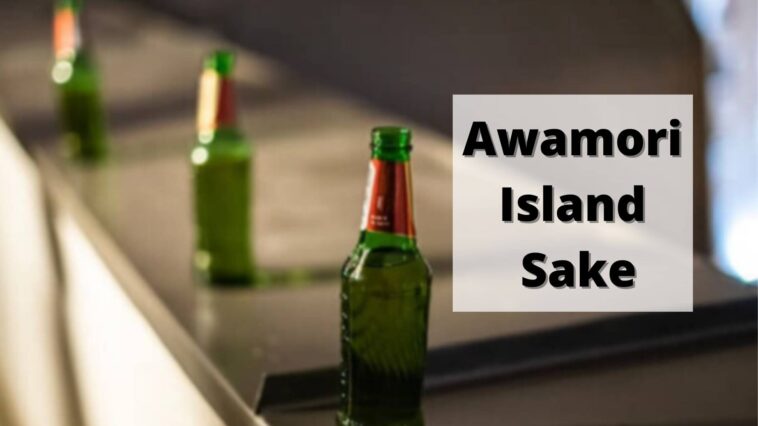If you’re visiting Okinawa, leave some room in your schedule for an Awamori island sake tasting day. Trust me, you don’t want to miss out.
Savor the distinct character of Awamori, the treasured island sake of Okinawa, with our exploration of six compelling reasons why it’s amazing.
This traditional spirit, with its rich history and unique aging process, offers a taste experience like no other.
Uncover the exceptional qualities that make Awamori a standout in the world of alcoholic beverages.
Page Contents
What is Awamori Island Sake?

Awamori Island Sake is the oldest alcoholic drink of Japan that is distilled and is believed to be the predecessor of shochu. Thai rice that is also called Indica is malted to become koji and then fermented with the addition of yeast and water undergoing a single distillation to complete awamori.
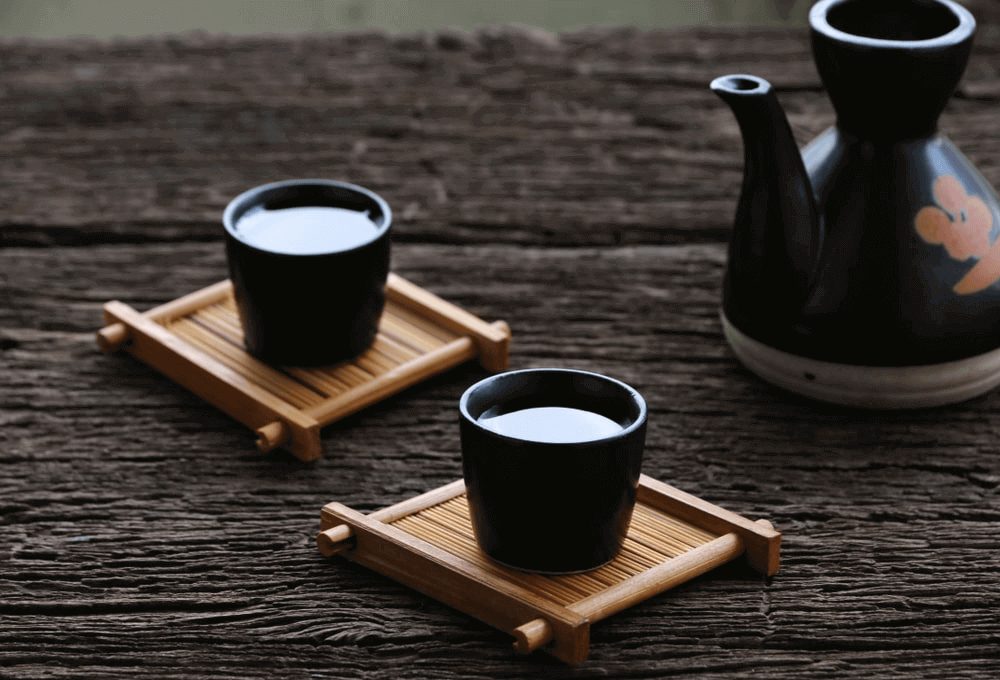
If you’ve ever had a sip of Awamori Island Sake, you’ll know it’s worth all the hype. If you ever get the chance to drink the Awamori Island Sake, grab it. Here are a few reasons why —
Types of Awamori Island Sake
Kusu / Koshu
To be labelled as kusu, the awamori needs to be aged for at least three years. In fact, only 3+ year-old awamori can be bottled up, according to the Japanese law.
Considering its popularity across Okinawa, some of the producers mix aged awamori with a new batch to maintain stock.
Habushu
Popularly known as snake wine, this is an awamori based liquor that is the embodied version of ‘if looks could kill you’. Habushu is made by soaking pit vipers in a concoction of herbs, honey and awamori island sake.
Before the snake is put in the awamori, it is soaked in ethanol for about a month. Making this yellow-hued drink is quite the task. It is also known for its medicinal and libido-increasing properties.
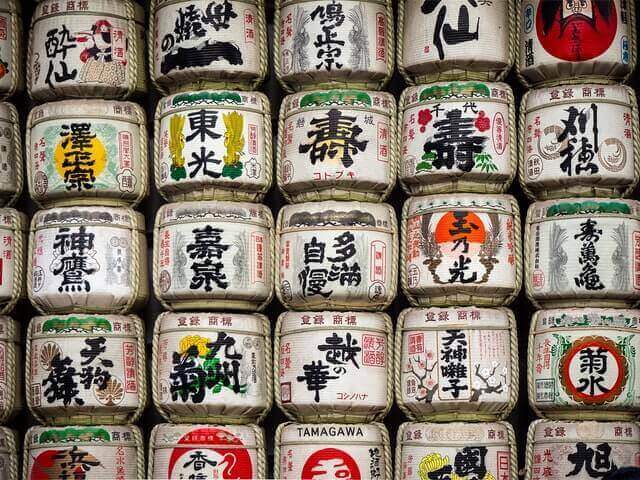
Hanazake
Hanazake literally translates into flower sake. It might be the strongest sake of them all. Containing 60% alcohol, hanazake is made only in 3 of the 47 distilleries in all of Japan.
Traditionally, people only drank it during religious ceremonies, but now people also drink it when they’re socializing and feeling exceptionally brave.
Koregusu (Hot Sauce)
Here’s an interesting one. This kind of awamori is usually homemade because all you need to do is buy some koregusu (red hot chillies)off of the supermarket and let it soak in your awamori for about 10 days.
Often, people don’t drink it but use it as a condiment or ingredient in their food to add a rich spicy flavour.
Flavour-infused Awamori
This type particularly appeals to the newer generation. Flavours that suit their taste buds serve as more enjoyable drinks. Keeping that in mind, the producers started making special flavours of awamori island sake.
Some are plum flavoured, some are infused with coffee milk and then there are other fruit flavours as well.
How To Drink Awamori Sake?
There are many ways to drink the best awamori, each style having a distinct effect of its own. If you ever order some awamori island sake anywhere, be prepared to be received with a carafe of water or a bucket of ice along with it.
Because of its high alcohol content, some people prefer to simmer it down with a bit of water, ice or even have it as a warm drink along with hot water (oyuwari). There’s 30-40 per cent of alcohol in awamori.
But traditionally, the drink was served in something called kara-kara, a tiny earthenware bowl, almost pot-like, that had a marble inside. The marble would rattle inside the kara kara when it got empty.
Either this was a tactic to keep the drinkers drinking or it was a way to alter the servers to top it off again. Either way, it sounds fun. You can also try awamori cocktails as it’s a special sake that goes well with everything.
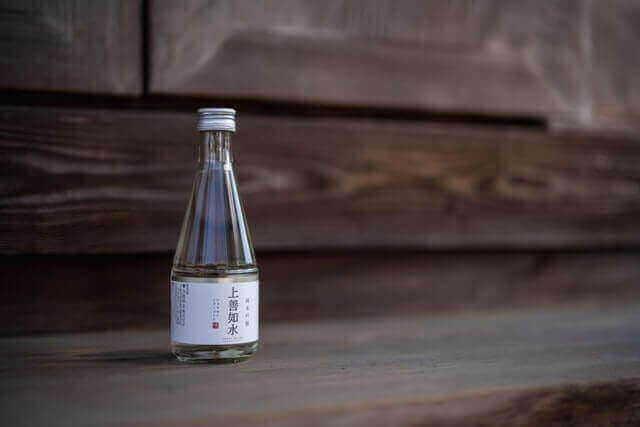
This is one of the drinks that literally brings people closer together. Why I emphasize literally is because people would have to come really close to each other to clink and cheers or toast to someone.
The tiny size of the sake cups fitted between two fingertips. Drinking tiny sips at once encouraged long conversations and tighter bonds.
This is in contrast to the beer bottles and wine glasses that have a certain length to the size of the bottle or the stem of the glass. Besides, they are mellow drinks. “Amateurs, huh?”, the Okinawans must be thinking.
- Related: Guide to visiting a Japanese Izakaya
- Related: Best Japanese sake brands
Transformed into Various Drink: Extremely Versatile
You’ve already seen the extent of the versatility of awamori. Honestly, you can do much more with it.
Drinking it straight, on the rocks or diluted with water may not be the best way for everyone. This flexile drink simply calls for and gives room for experimentation.
You can make brilliant, mouth-watering cocktails. Its high alcohol content and strong flavours allow for it to be on par with other alcohol like vodka or gin.
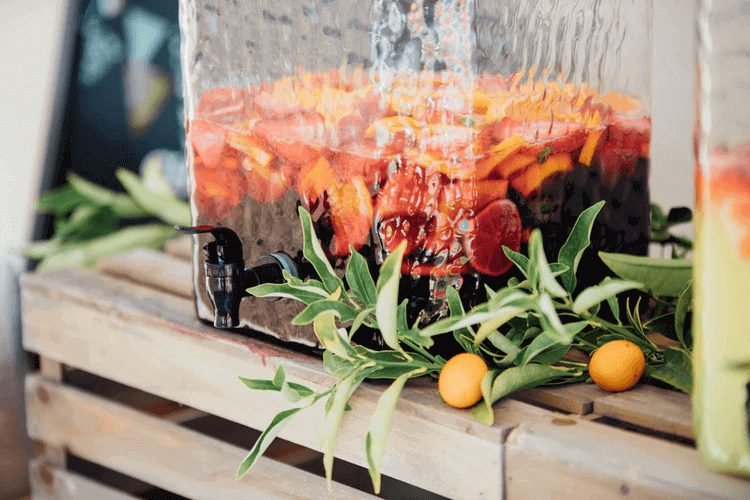
Consuming it as sangria seems to be the most favoured way of drinking awamori island sake these days.
Topping it off with freshly cut berries, citruses and mint and letting it sit for about two days really brings out the flavour. The decoction can be mixed with soda or water or had on the rocks.
For a traditional Okinawan flavour, the awamori island sake is to be had with blue curaçao, fruit liqueur and pineapple juice.
This fancy mixture is labelled as the Southern island Okinawa. If you like the way it sounds, just head into any Okinawan eatery restaurant and order one of these!
Low Calorie and Sugar: Guilt-Free Drink
The sound of awamori is bringing me close to drool now. But I’m not worried about liking it too much because it’s practically harmless.
Awamori island sake is completely sugar-free and even free of protein because of its distilled nature. When you mix it with water, it is 40 calories less than what you’d consume with a small peg of brandy.
If fact, forget about being unhealthy, it actually has health benefits. Controlled consumption of awamori aids in the prevention of strokes and blood circulation-related conditions.
The awamori island sake has a fibrinolytic enzyme that helps in regulating blood circulation in the body. No wonder it is called Okinawa’s diet drink.
Pairing Awamori with Food
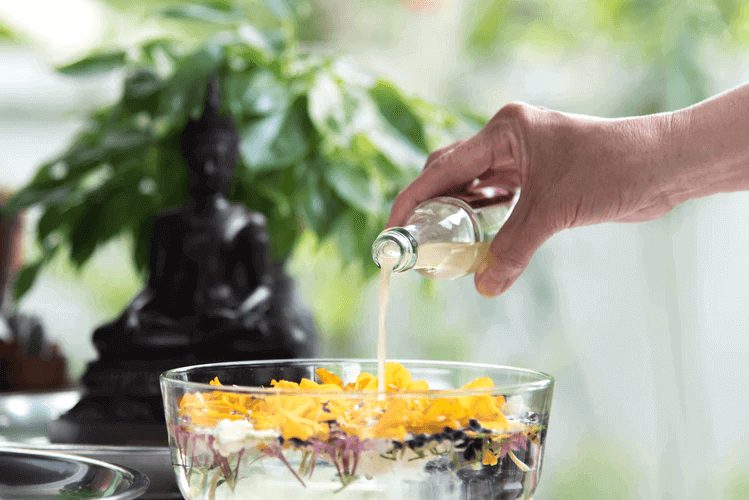
Here, I am not only talking about it as a drink to pair with your food but as an actual ingredient that goes into preparing an exotic dish. It could add a certain rich, exclusive flavour to your pasta or sausage upon being cooked with awamori island sake.
This Okinawan wonder has a certain malleability to it that automatically adjusts itself to the dish you’re adding it to, and in fact, brings out the flavours even more.
Awamori Vs Sake
Awamori is referred to as “Okinawan Sake” as well as “Island Sake” which is why people often think that they’re the same thing. However, they’re quite different from each other. Here’s a quick comparison of Awamori vs sake that will tell you how these drinks are different.
Awamori is quite strong with regard to alcohol content as compared to normal sake. The formal has about 40% alcohol percentage by volume whereas Sake has only 14%-16% ABV. The cultural difference between the two is based on how they’re served.
Awamori is always served in small clay cups called chibugawa whereas Sake can be served in ceramic cups (choko or sakazuki) or wine glasses at times. The main difference lies in their making process. Awamori is distilled just like gin or whiskey and sake is fermented.
Okinawan Awamori Island Sake: FAQs
Is awamori the same as sake?
Awamori is a distilled spirit made from rice whereas sake is only made from rice, and it is not distilled but fermented. So, Awamori is a type of sake.
How do you drink Awamori?
Awamori is a variety of Japanese distilled alcoholic beverages made from long grain rice and is thought to be the oldest distilled beverage in Japan. Awamori is typically distilled to 40% alcohol by volume. When served, most people add a few drops of water or add ice to lower the alcohol content to around 30% or drink it straight from the bottle. You can also mix it with soda and a little bit of water or just drink it straight.
What is the difference between Awamori and Shochu?
Awamori is a distilled spirit typically made from rice, and is native to Okinawa, southern Japan. Shochu is a Japanese distilled spirit, typically made from barley, sweet potatoes, buckwheat or rice, and is native to the island of Kyushu.
Awamori Drink
Cheers your Awamori Island drink with friends and fam on the best occasion and have an authentic taste of Japan!
Also Read:


